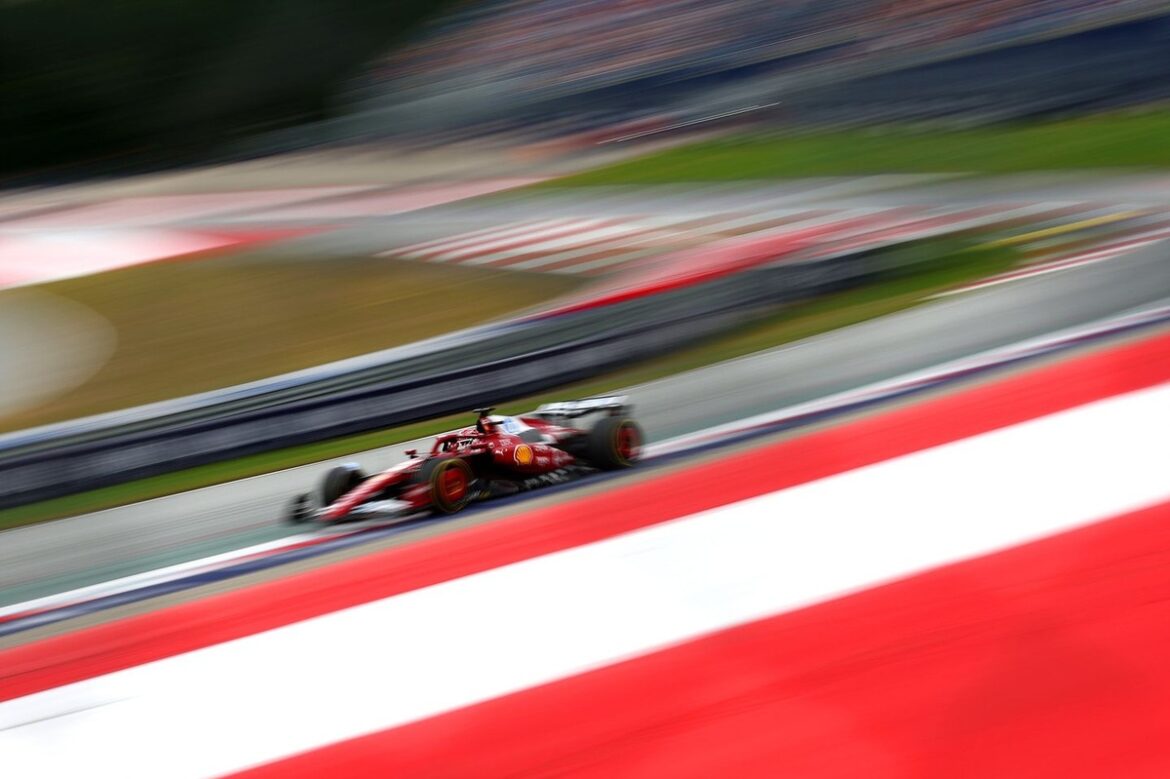Ferrari’s Formula 1 Journey: Analyzing the Latest Developments and Future Prospects
Ferrari entered the 2025 Formula 1 season with high hopes of continuing the momentum from the previous year, where the team achieved remarkable success with several victories and consistent podium finishes. The aspiration was to contend for their first Constructors’ Championship title since 2008—a goal that, unfortunately, has yet to materialize. As the season unfolds, it appears that McLaren has taken significant strides, pulling ahead of the pack while Ferrari’s shift in strategy regarding their car design has not yielded the expected gains.
Understanding Ferrari’s Challenges
One of the primary hurdles Ferrari faces is the inherent difficulty of transitioning from one design philosophy to another. When a team introduces new concepts, gaps in knowledge and experience can emerge, which can only be addressed through on-track testing and performance evaluation. This transition can lead to setbacks, as teams cannot simply switch approaches and expect to achieve the same level of performance immediately.
Despite these challenges, Ferrari remains optimistic about the updates they introduced during the Austrian Grand Prix. These modifications aimed to enhance the car’s floor, which is crucial for generating consistent downforce across various cornering and traction scenarios. While the SF-25 models did not match the speed of McLaren’s leading cars, they managed to secure a respectable 3-4 finish, which Ferrari considers a positive outcome.
Analyzing the Performance Upgrades
Ferrari’s recent upgrades included detailed improvements across the car’s floor—specifically targeting key areas such as the fences, edges, central body, and diffuser. The goal was to achieve a more stable level of downforce throughout different stages of racing. As Lewis Hamilton noted after the race, the team had made progress, albeit the changes were minor. He acknowledged that while the upgrade was small, it had a significant impact on their performance.
Hamilton’s remarks reflect a broader sentiment within the team. Charles Leclerc, who finished third in the same race, echoed this optimism, stating that the updates played a pivotal role in securing a podium finish. Both drivers expressed confidence in the upcoming developments, indicating that Ferrari is actively working to close the performance gap with McLaren and, by extension, to outperform competitors like Red Bull and Mercedes.
Future Prospects: Looking Ahead
One of the key concerns for Ferrari is whether they can effectively balance their efforts between the current season and the upcoming regulatory changes in 2026. As the team navigates the complexities of development, they are keen on retaining their position as a strong contender, including the possibility of finishing as the championship runner-up. Although it may be tempting to shift most resources toward preparing for next year’s regulations, Ferrari believes that maintaining the development trajectory of this year’s car is equally critical.
The insights gained from refining the current model will contribute to the team’s long-term strategy. Enhancing their simulation and development capabilities is vital as they prepare for the challenges posed by the new regulations. The upcoming season will not only test their engineering prowess but also their ability to adapt and innovate in a rapidly evolving competitive landscape.
Balancing Current and Future Development
Jerome d’Ambrosio, Ferrari’s deputy team principal, emphasized the importance of strategic resource allocation as the team contemplates the next six months. The dual challenges of maintaining competitiveness in the current season while preparing for significant changes in 2026 require careful planning. Ferrari is committed to pushing the boundaries of what is possible with their current car while simultaneously laying the groundwork for future success.
The team’s focus is not solely on immediate results but also on ensuring that the foundational work they do now will pay dividends in the future. By continuing to improve their understanding of the vehicle dynamics and refining their engineering processes, Ferrari hopes to build a solid platform for the upcoming seasons.
The Role of Competitors
While Ferrari works diligently to enhance their performance, the dynamics of competition play a crucial role in their journey. The unpredictability of motorsport means that fortunes can change rapidly. McLaren’s current dominance is a challenge, but it also presents an opportunity for Ferrari to capitalize on any missteps made by their rivals. The team’s historical ability to seize unexpected opportunities may come into play as the season progresses.
The upcoming race at Silverstone will serve as a critical test for Ferrari’s new upgrades, particularly as the weather conditions promise to be more favorable than those experienced in Austria. Lower temperatures and the potential for rain could influence car performance and strategy, making this an essential moment for the team to gauge the effectiveness of their recent modifications.
Conclusion: The Road Ahead
As Ferrari navigates the complexities of the 2025 Formula 1 season, the focus remains on balancing immediate performance improvements with long-term strategic goals. The team’s commitment to developing their current car while preparing for upcoming regulatory changes reflects a thoughtful approach to the challenges ahead. While they may currently trail behind McLaren, Ferrari’s history of resilience and adaptability suggests that they are not out of the race just yet.
The next few months will be pivotal for Ferrari as they strive to regain their competitive edge and continue their pursuit of excellence in Formula 1. By leveraging their engineering expertise and maintaining a forward-thinking mindset, Ferrari aims to re-establish itself as a formidable force in the world of motorsport.
